To mark Refugee Week, I’m sharing a project from last summer where Mandeep Dhadialla and I worked with a wonderful group to create a large hand-bound book of textile-inspired artworks. I’ve just had new images taken of the book and it has now been returned to the British Red Cross in Leicester who we worked with to bring the group together.
Find out more about this project below. There are more images of the development and workshops here.
This artwork was created by people from sanctuary-seeking backgrounds who are supported by the British Red Cross in Leicester in collaboration with artists Mandeep Dhadialla & Ruth Singer.
The artists developed a series of events and activities around textiles and recycling. Participants shared stories about making, mending and reuse of textiles and tried out creative techniques inspired by a collection of textiles from around the world.
We used techniques of print-making, drawing, rubbings, collage, photography, digital printing and cyanotype to make artworks inspired by the diverse and beautiful textiles collection from many different countries and cultures.
The collection of old and new textiles from around the world has been incredibly inspiring for the participants in these workshops. The embroidery and weaving has inspired shared memories, conversations about cultural similarities and differences and about the clothes worn for celebrations and special occasions. The textiles have also inspired wonderful creative work which has brought joy to the participants. The project has given them the chance to connect with other people and express themselves and their cultural background creatively.
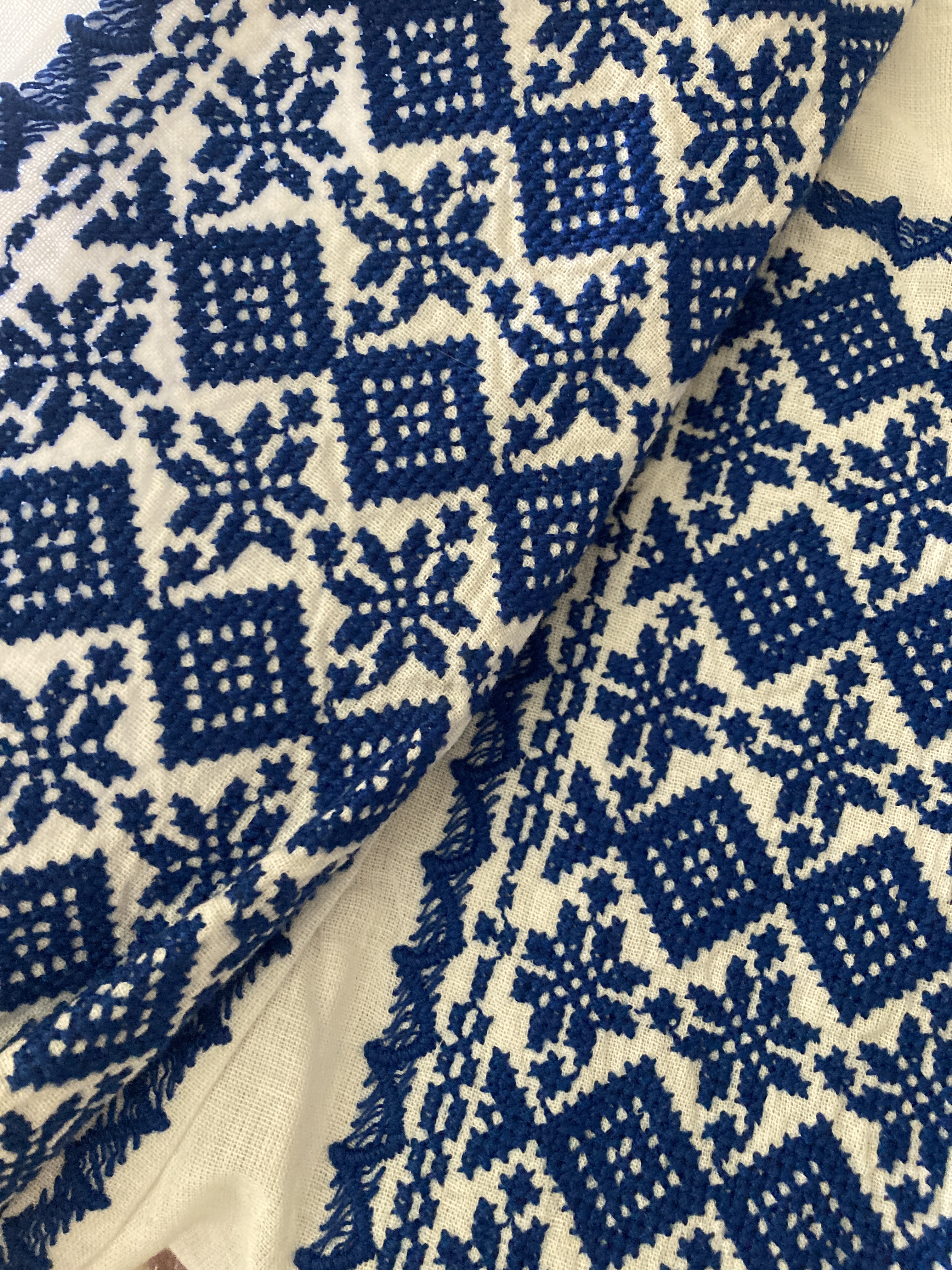
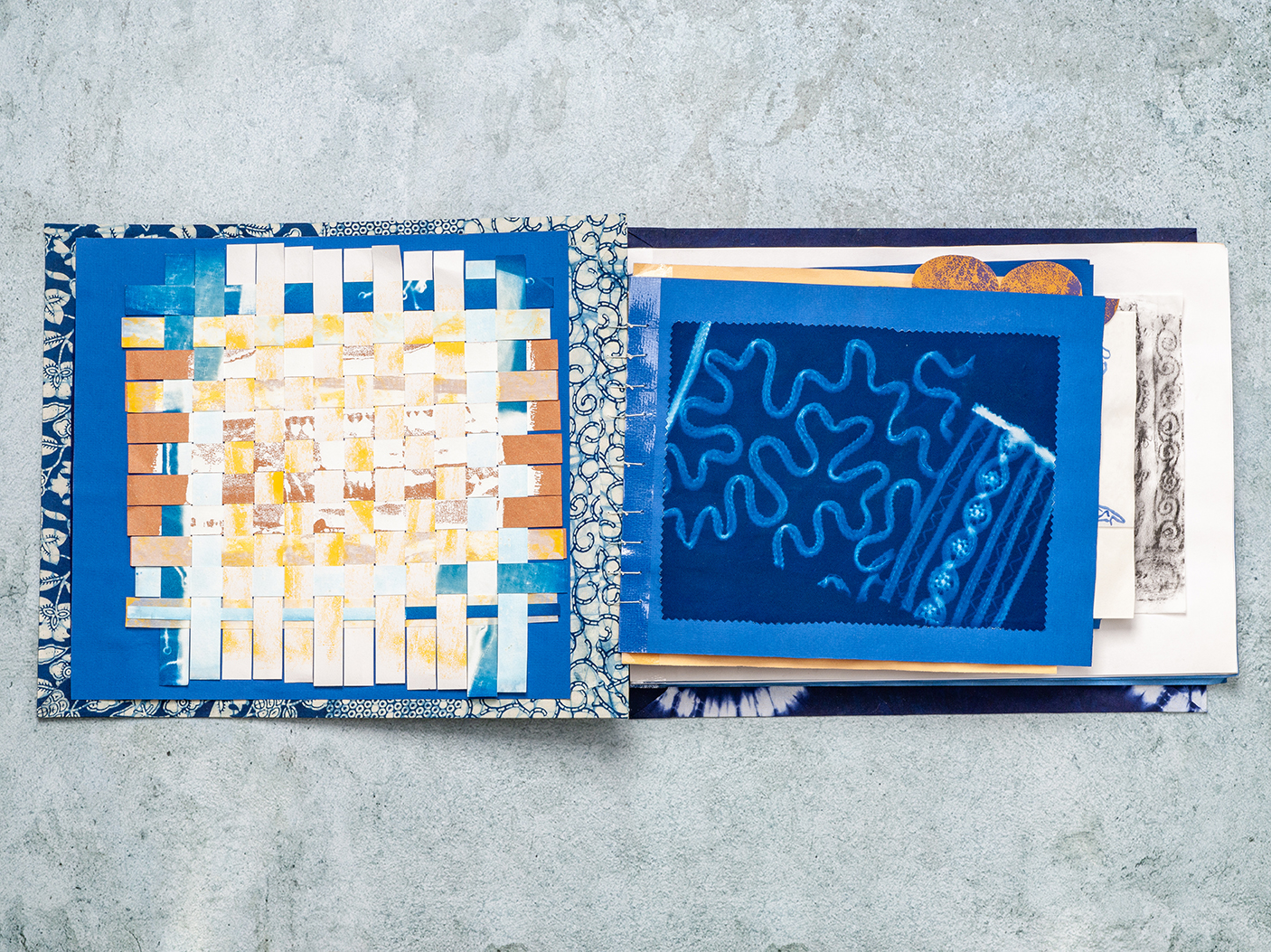
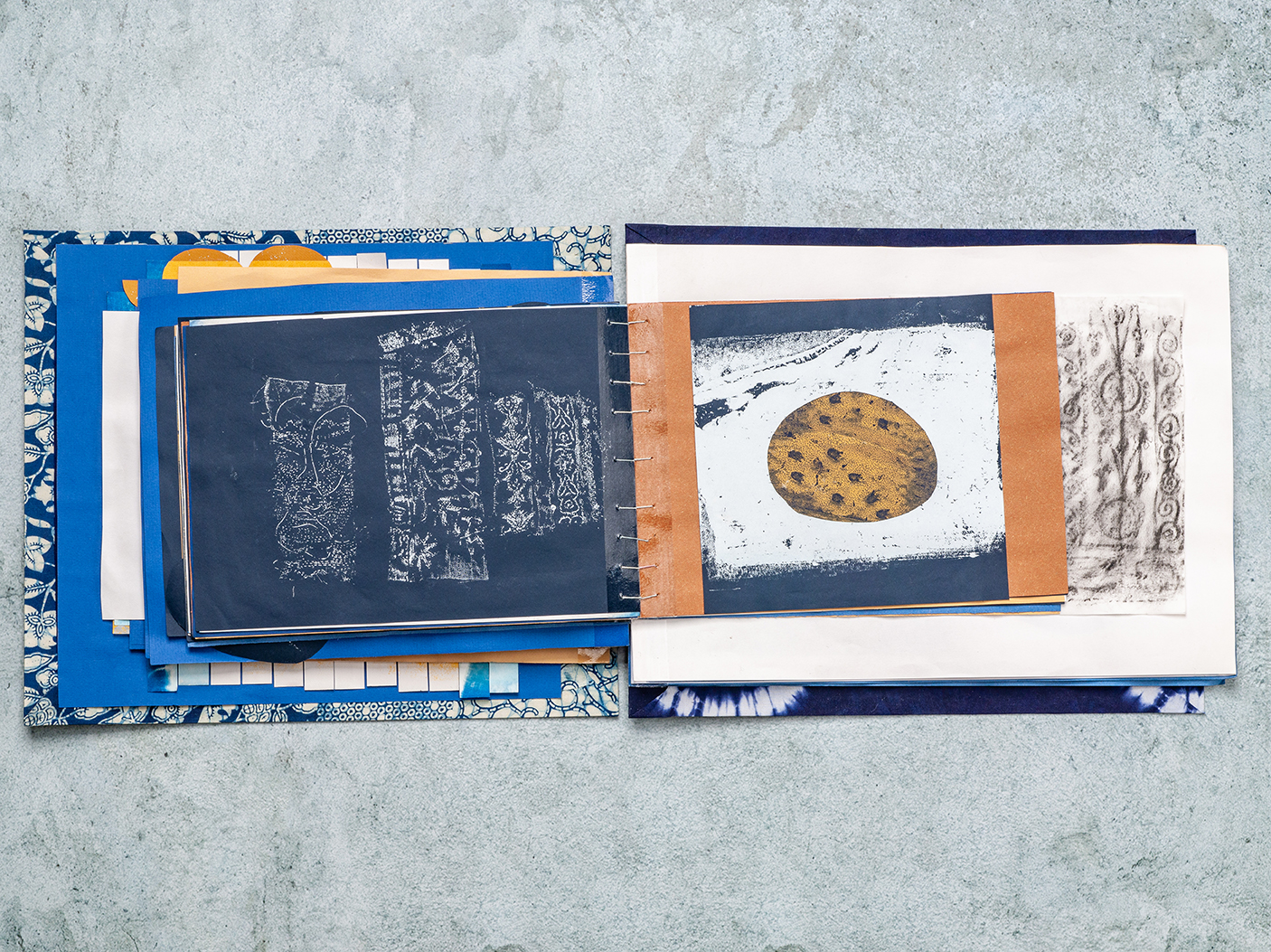

Textile Stories
During the workshops we shared a collection of textiles from around the world and asked what pieces were familiar from the participants countries and cultures. Participants shared memories of hand embroidery they recognised from their countries and who in their community made these pieces and how they are created and traded. One participant from Afghanistan mentioned how the exquisite hand embroidery of the past was now being replaced by mass produced imported versions but that these old pieces showed the best embroidery made and worn for weddings and special events. Others shared that they learned the traditional embroidery techniques as children and how the various techniques and patterns were used on traditional clothing and decorative hangings. One man from Africa talked about his mother learning to sew in a church group and passing the skills on to him to repair his own clothes. Many of the participants talked about the pride they felt in the quality of the techniques from their country or culture and how special it is to see cloth and patterns from other countries too.
Lots of the samples are repaired or made using recycled cloth. Good quality materials can be expensive and hard to source in many countries so older cloth is used to make linings or backings for new pieces. We looked at kantha quilts from India, made up of layers of worn saris and stitched and patched together to make functional blankets. We talked about who made and repaired clothes in their countries, usually women / mothers & grandmothers but some people talked about taking clothes to the tailor to repair or remake. Some people mentioned about the traditional embroidery or cloth from their country or culture being sold internationally and how some people make a living from trading older pieces of embroidery or weaving that is unique to their community. Others talked about small pieces of precious traditional cloth being sewn together to make larger pieces so nothing is wasted. One Afghan woman talked about the older fabric being more expensive now as the quality is really appreciated. Dresses might be cut up when worn out and the embroidered bodice and sleeves remade into a new garment, so a ‘new’ garment might have the work of 10 different people involved. Contemporary designers use old cloth and traditional designs in new pieces.
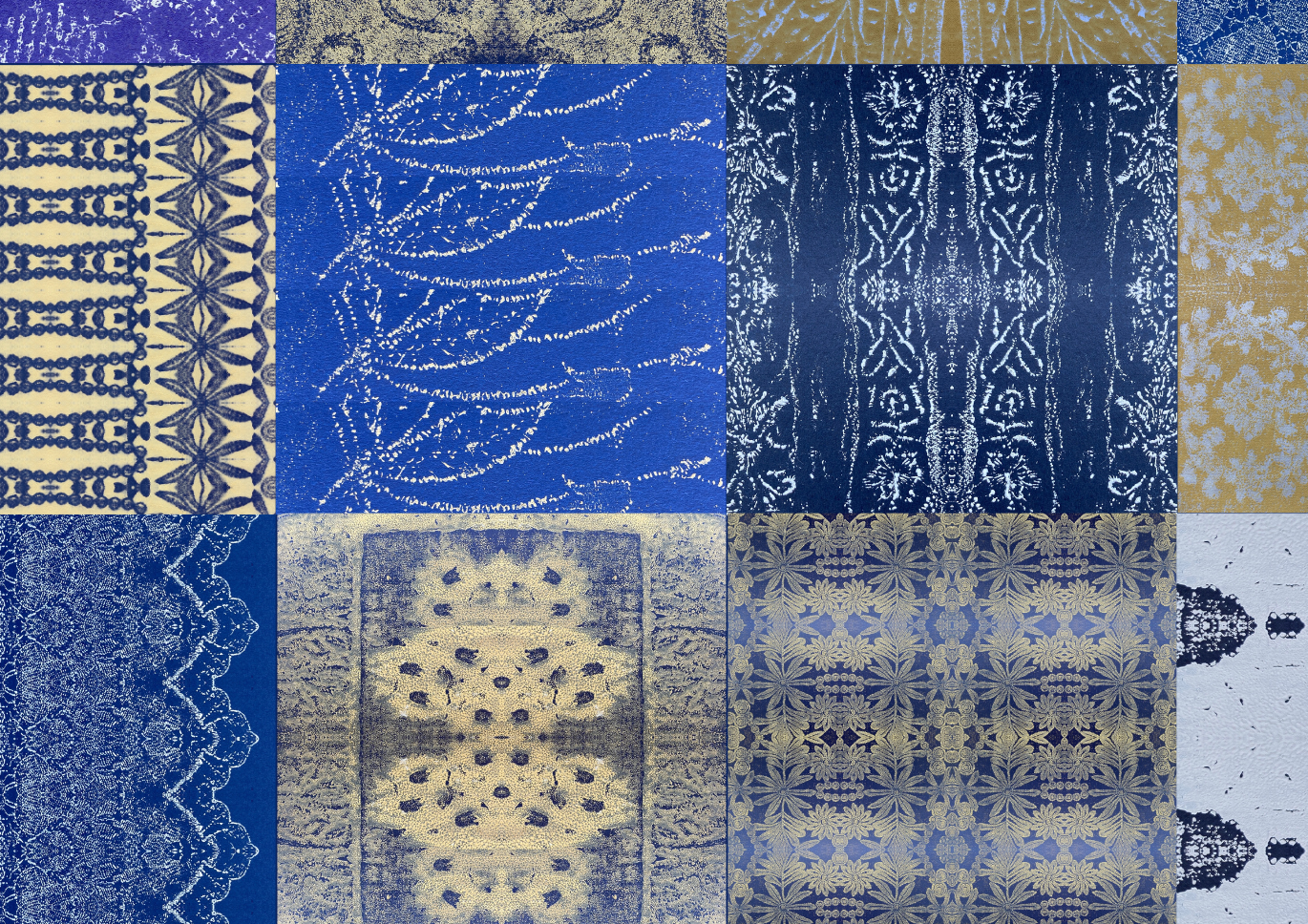
Images of artwork created in collaboration with the artists and participants. See more images here.
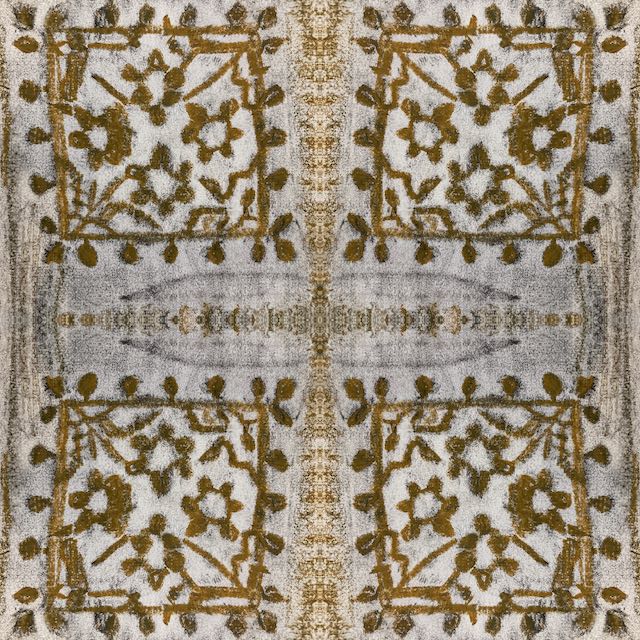
Ruth & Mandeep would love to run this project with other groups around Leicester / Leicestershire. Please get in touch to find out more.
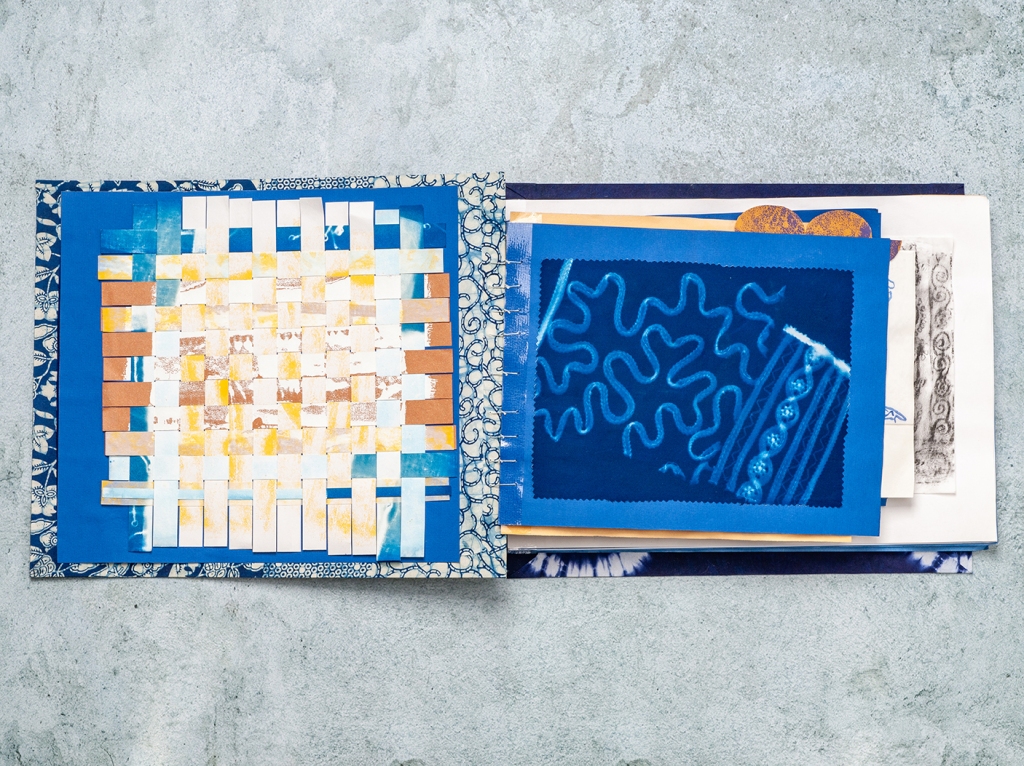

Let me know what you think